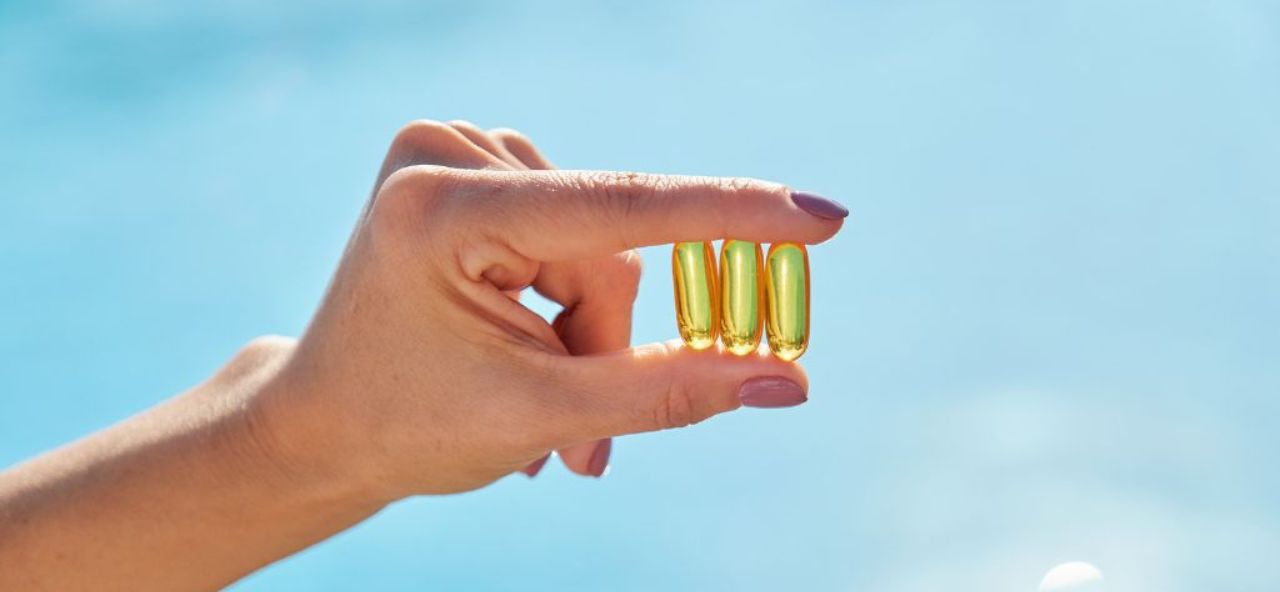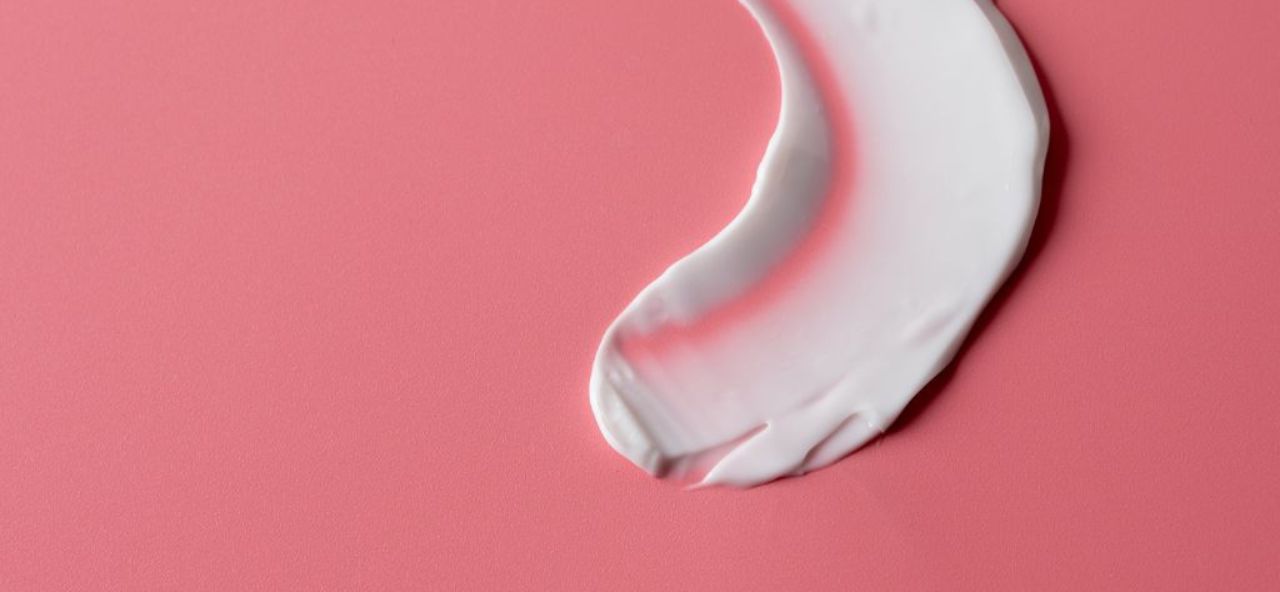The first study is a review that examines existing studies on the relationship between acne and diet. It evaluates 53 articles (11 intervention studies and 42 observational studies) published between 2009 and 2020.
High glycemic index (GI) or glycemic load (GL) meals, dairy products, fatty foods, and chocolate were associated with worsening acne, whereas fatty acids, fruits, and vegetables were associated with reduced acne.
The second research is a cross-sectional examination of the correlations between food and acne severity in 2467 Thais aged 18-44 (681 men and 1795 women). Participants answered a web-based questionnaire and self-graded their acne according to the new acne grading system developed by Leeds. A meal frequency questionnaire was used to track their eating patterns over the past three months. The results are adjusted for possible confounding factors such as age, family medical history of acne, exercise habits, and sleep.
51.66% of the 2,467 research participants reported mild acne, whereas 18.34% reported no acne at all. Regarding the connection between food and acne, the following results have been reached:
- Consuming at least 100 grams of chocolate each week was associated with a 29% increase in acne severity.
- Consuming greasy and fried foods at least 3 times per week increased the likelihood of acne severity by 84%.
- Daily consumption of white rice was associated with a 78-80% greater likelihood of acne aggravation.
- At least 3 cups of tea per week were associated with a 26% reduction in the likelihood of acne severity.
- Tea consumption of at least 3 cups per week (without milk or sugar) was associated with a 39% lower risk of acne aggravation.
- Brown rice, dairy products, sweets, and sweetened beverages were not associated with acne severity.
It's worth noting that the participants in this study were largely women looking for acne information online. As a result, there is a possibility of selection bias, and the prevalence of acne among the participants was most likely greater than in the general population.
Another point to mention is that the lack of association between dairy products and acne in this study could be explained by the participants' relatively low dairy product intake (the median was 4 glasses of milk a week).

This case-control study investigated the connection between vitamin D status, IL-17, and the frequency and severity of acne.
IL-17 is a group of proinflammatory cytokines that trigger a variety of proinflammatory responses inside the body.
The case group consisted of 50 acne patients between the ages of 15 and 45, whereas the control group consisted of people of the same age and gender who did not suffer from acne. The levels of IL-17 and vitamin D, as well as the existence of vitamin D deficiency*, were evaluated and correlated with the individuals' possible acne issues.
- The study revealed that, on average, vitamin D levels did not differ between the group with acne patients and the control group; however, vitamin D deficiency was more common among the acne patients.
- The study also discovered that greater levels of pro-inflammatory IL-17 and lower levels of vitamin D were linked to increased acne severity and the occurrence of acne throughout the body (on the chest, back, or shoulders).
- They also discovered a negative relationship between proinflammatory IL-17 and vitamin D, meaning that greater levels of vitamin D were associated with lower levels of IL-17.
No adjustments were made regarding potential confounding variables (e.g., family history, sun exposure), which might be viewed as reducing the significance of the study.
*Deficiency was defined in the study as a Vitamin D-25-OH concentration of less than 10 ng/mL (equivalent to 25 nmol/L).

The fourth study is a systematic review and meta-analysis of 24 trials (a total of 2445 participants) that investigates whether zinc, which is anti-inflammatory, antibacterial, and lowers sebum production, helps combat acne.
- 12 studies revealed that people with acne had lower zinc levels.
- 7 studies showed that the use of zinc, both as a tablet or as an ointment/cream on the skin, reduces the appearance of acne.
- 7 studies showed that zinc as a dietary supplement improved the acne of the participants, whereas applying zinc cream had no effect.
- 4 studies showed different results that overall indicated that ingestion of zinc through the skin was more beneficial than zinc supplementation for decreasing acne.
- In conclusion, the study found that zinc, whether taken orally used topically, helps alleviate acne issues.

Useful tips and suggestions
Now that you've read the studies, you're likely asking what it means to think more concretely about diet in order to prevent or decrease acne. Based on the findings of the aforementioned investigations, the following are our top recommendations.
What to avoid if you have acne
High glycemic index (GI) or high glycemic load foods (GL). In summary, it's a good idea to avoid foods that induce blood sugar spikes and drops, such as:
- Dairy products
- Deep fried and fatty foods
- Chocolate*
- White rice
* We believe it is reasonable to assume that milk chocolate is worse than reduced-sugar dark chocolate in this comparison. R has a substantially lower GI and GL and a significantly greater concentration of anti-inflammatory compounds.
What you can eat more of if you suffer from acne
Foods having a low glycemic index (GI) or glycemic load (GL), i.e., foods that maintain a more balanced blood sugar level, such as:
- Fruit
- Vegetables
- Essential fatty acids
- Tea
- Vitamin D-rich foods, primarily fatty fish (salmon, mackerel, and herring), eggs, meat, and dairy products, as well as vitamin D-fortified herbal beverages.
- Zinc-rich foods, such as beef, organ meats, dairy products, and whole grain products.
Dietary supplements that may be beneficial if you suffer from acne
Two dietary supplements have been proven to be linked with both the onset and severity of acne.











